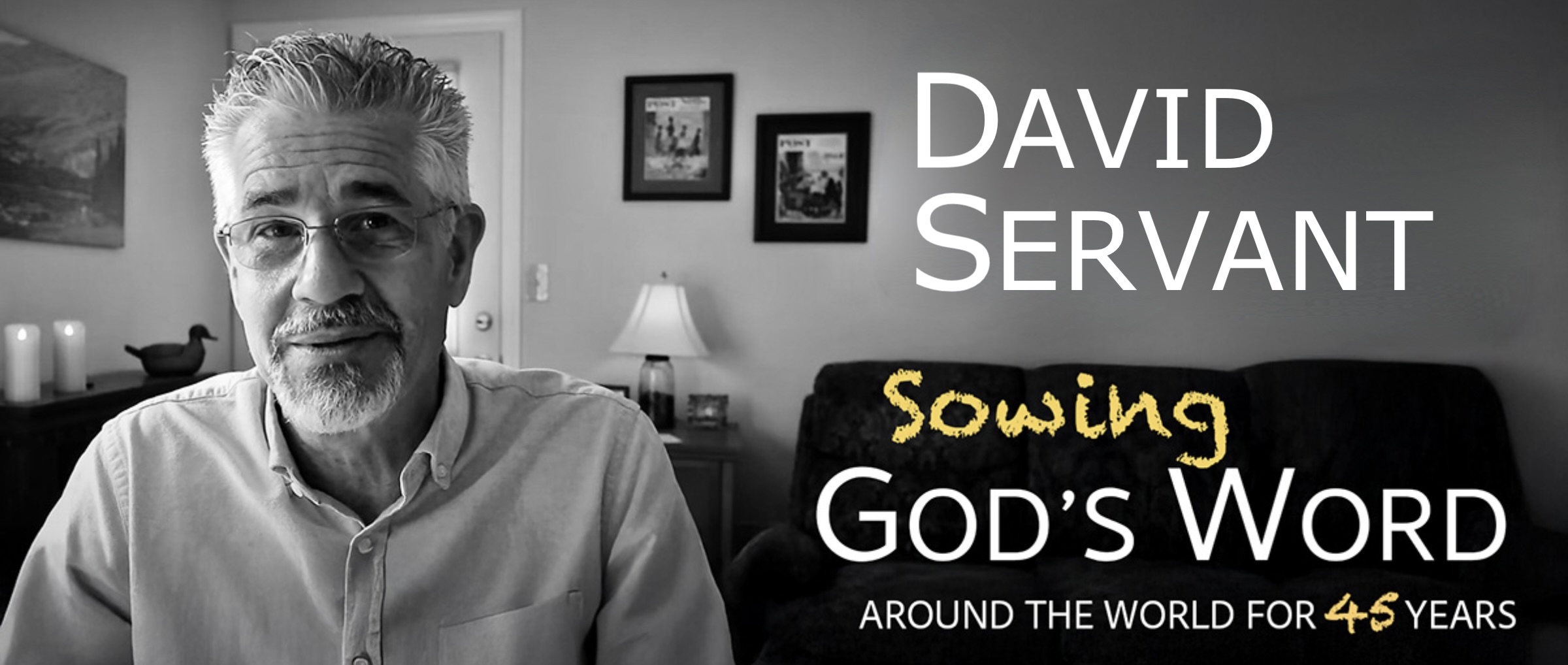
 According to Luke, John the Baptist “preached the gospel to the people” (3:18). Yet how different was John’s gospel compared to what is often called the gospel today. John not only told his audience that Jesus was coming, he warned them of God’s wrath and the fires of hell (3:7, 9, 17). He preached the necessity of works, warning fruitless persons that they would be cast into hell (3:9). He called his listeners to repentance, a repentance that was much more than just remorse, but a change of lifestyle (3:8-14). He revealed a Messiah who was coming to judge them, one who would separate the wheat from the chaff and then burn the latter (3:17).
According to Luke, John the Baptist “preached the gospel to the people” (3:18). Yet how different was John’s gospel compared to what is often called the gospel today. John not only told his audience that Jesus was coming, he warned them of God’s wrath and the fires of hell (3:7, 9, 17). He preached the necessity of works, warning fruitless persons that they would be cast into hell (3:9). He called his listeners to repentance, a repentance that was much more than just remorse, but a change of lifestyle (3:8-14). He revealed a Messiah who was coming to judge them, one who would separate the wheat from the chaff and then burn the latter (3:17).
So what’s the good news in all of that? Only a small portion of what John said could actually be considered purely good news, and that is that the Messiah will “gather the wheat into His barn” (3:17). That’s it. Everything else John said could be considered very bad news, but bad news that makes the good news so good! Unless the bad news is understood, the good news makes no sense.
This is perhaps the greatest flaw in the modern gospel. “God loves you and has a wonderful plan for your life” caters to selfish, sinful people, who easily interpret “God loves you” to mean “God approves of you,” which is simply not true for sinners. God so disapproves of those in rebellion against Him that He intends to cast them into hell. And God’s intention to cast people into hell is not exactly “a wonderful plan” for their lives.
“But people will not receive our message if we preach the gospel that John preached!” is often an honest excuse that is proffered by modern preachers. Yet is it better to preach a false gospel that results in false, deceived converts who are all cast into hell in the end, or to preach a true gospel that results in just a few converts? At least it is better for the rejected preacher to walk away, shaking the dust off his feet, knowing that he has no one’s blood on his hands.
How do we know when our gospel is producing true converts? We know when they repent, and when they “bring forth fruit in keeping with repentance” (3:8). What kind of fruit is God looking for? When John’s convicted audience asked what they should do, did John say, “Go to church faithfully every Sunday?” No, the very first things John said was this: “The man who has two tunics is to share with him who has none; and he who has food is to do likewise” (3:11). John knew that the Lord is going to say to everyone when they stand before His judgment throne one of two things, either, “I was hungry and you gave Me something to eat” or, “I was hungry and you did not give Me anything to eat.” He will say either, “I was naked and you clothed Me” or, “I was naked and you did not clothe Me” (Matt. 25:31-36, 41-43).
If we aren’t caring for the poor in Jesus’ spiritual family, we really have no basis to believe that we are truly born again and on the road to heaven. This is a basic fact of Christianity, but one that is being ignored by much of the modern church.
Notice that most of the other things that John told his convicted audience to do to show their repentance revolved around their stewardship of money. In fact, five of the six specific acts of repentance that John prescribed had something to do with money: (1) Share your food with the hungry, (2) Share your clothing with the naked, (3) Don’t overcharge your customers, (4) Don’t steal other people’s money, and (5) Be content with your wages. If one’s “conversion” doesn’t affect his attitudes and actions regarding money, one is not truly converted.
Finally, Luke’s genealogy of Jesus is actually through Mary. Heli, whom Luke lists as being the father of Joseph (3:23), was only his father by marriage to Mary. Matthew’s listing was Jesus’ genealogy through Joseph, who (of course) was not really Jesus’ father.

